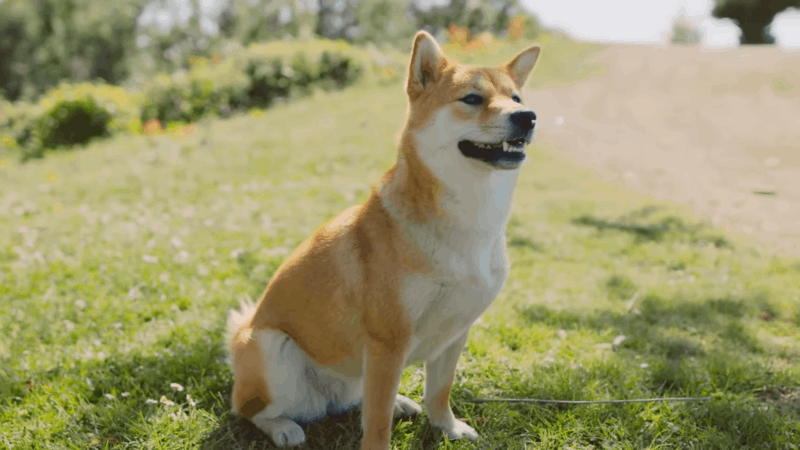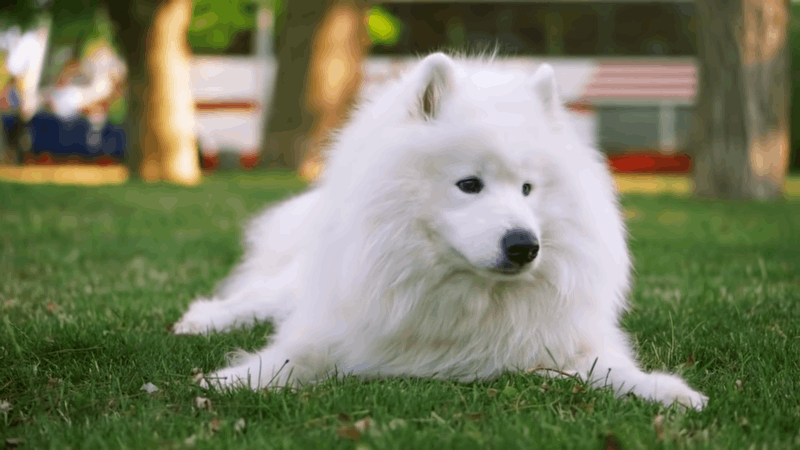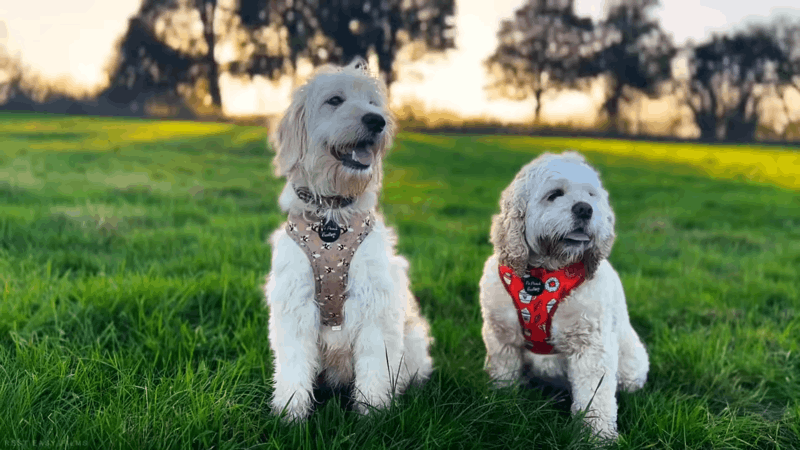No products in the cart.
As pet owners seek holistic approaches, understanding the implications of using CBD oil for glaucoma in dogs becomes paramount. Glaucoma is a serious ocular condition that can lead to irreversible vision loss in dogs if not managed properly and it’s crucial to approach dog CBD oil use with caution and under the guidance of a qualified veterinarian.
This blog will delve into the current understanding of glaucoma and CBD oil for glaucoma in dogs, its safety considerations, and the importance of evidence-based medical treatments for managing this condition effectively.
Glaucoma in Dogs and the Key Points to Know

A dangerous eye ailment known as canine glaucoma is marked by elevated intraocular pressure. A loss of vision or even blindness could occur from this increased pressure damaging the optic nerve irreparably. Dog owners should seek prompt veterinarian care if they fear their dog may be experiencing glaucoma because the ailment can afflict dogs of any breed or age.
Glaucoma in Dogs Symptoms
Glaucoma in dogs can manifest a range of symptoms depending on the condition’s stage and type. Some typical signs of dog glaucoma include
- Eye redness: The affected eye may appear red or bloodshot.
- Excessive tearing: Dogs with glaucoma often experience increased tearing, leading to wetness around the eye.
- Cloudy or hazy appearance: The cornea may appear cloudy or hazy due to swelling and fluid accumulation.
- Dilated pupil: The pupil may appear larger than normal and may not constrict properly in response to light.
- Squinting or blinking: Dogs may squint or blink frequently due to eye discomfort.
- Visible blood vessels: Blood vessels on the eye’s surface may become more prominent.
- Enlarged eye: The affected eye may appear larger than the unaffected eye due to increased pressure.
- Bulging eye: In some cases, the eye may protrude or bulge outward.
- Vision changes: Dogs may experience a gradual or sudden decline in vision, which can lead to bumping into objects or being hesitant in unfamiliar surroundings.
- Eye pain: Dogs may show signs of eye pain, such as rubbing the affected eye against objects or pawing at it.
Please remember that glaucoma can be dangerous to dogs and to prevent further damage to the eye and preserve your dog’s vision, do not forget to get advice from a veterinarian.
Causes of Glaucoma in Dogs
Glaucoma in dogs can have a variety of underlying causes and understanding these aspects is crucial for accurate diagnosis and treatment. There are a few typical causes of dog glaucoma that pet owners should think about.
- Primary glaucoma: Without a known underlying cause, this kind of glaucoma develops. It is often hereditary and tends to affect certain dog breeds more than others.
- Secondary glaucoma: An recognized underlying disorder that impairs the eye’s drainage system and causes increasing intraocular pressure is the cause of secondary glaucoma.
- Acute glaucoma: This particular form of glaucoma manifests suddenly and aggressively, and it can quickly cause visual loss. It often occurs due to a sudden blockage of fluid drainage in the eye.
- Chronic glaucoma: It is a chronic condition that worsens over time as a result of a raised intraocular pressure.
- Age: Even while it can afflict dogs of any age, glaucoma may be more common in older canines.
A number of variables may occasionally contribute to the occurrence of the complex condition glaucoma. It is imperative to consult a veterinarian, particularly for dog breeds with a higher propensity to glaucoma.
How Long Does It Take for Glaucoma to Develop?
Glaucoma in dogs can develop over a range of times, depending on the condition’s form and underlying causes.
- Acute glaucoma: The sudden and severe form of glaucoma known as acute glaucoma can strike within a few hours to a few days. It happens when the eye’s fluid drainage system is suddenly blocked, which causes the intraocular pressure to spike.
- Chronic glaucoma: It takes weeks or months for the illness to gradually worsen. This type of glaucoma may have a slow onset, and the increased intraocular pressure progressively damages the optic nerve and structures within the eye.
- Primary glaucoma: It may begin to show signs between the ages of 3 and 7 years, or even later, and is more common in particular breeds. The progression of primary glaucoma can vary between individual dogs.
- Secondary glaucoma: The underlying cause will determine if subsequent glaucoma develops. It can occur relatively quickly if there is a sudden event like eye trauma or lens luxation. In other instances, it could gradually appear as a result of uveitis, intraocular tumors, or progressive cataracts in dogs.
Glaucoma in dogs can be harmful and lead to irreversible eyesight loss if left untreated. If you observe any indications or symptoms of glaucoma in your dog, get quick veterinary assistance to prevent further eye damage.
Can Glaucoma be Cured?
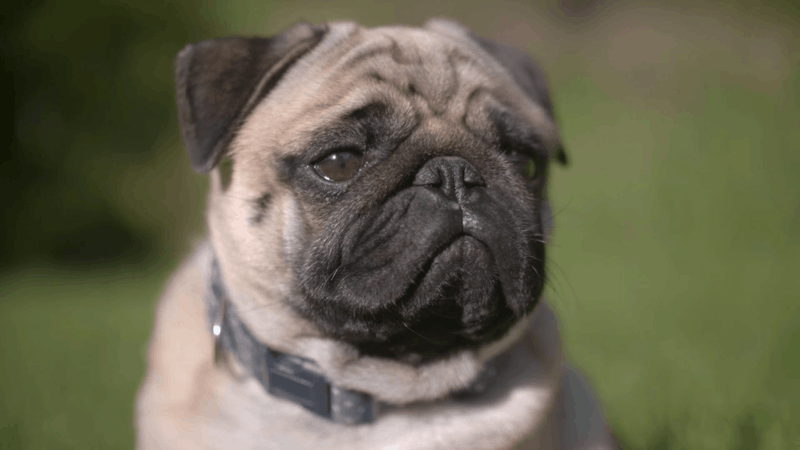
When glaucoma takes hold, the optic nerve and the eye are frequently permanently damaged. While it cannot be cured, it can be managed to slow its progression and alleviate pain and discomfort for the dog.
Glaucoma treatment often entails reducing intraocular pressure within the eye. A combination of drugs (eye drops or oral pills) and, in some circumstances, surgical treatments, can accomplish this. Reducing the pressure, preserving the remaining vision in the affected eye and preventing or minimizing the development of glaucoma in the other eye is the goal of treatment.
It’s important to note that early detection and prompt intervention are essential in managing glaucoma effectively. Despite treatment efforts, some dogs may still experience progressive vision loss or discomfort, but appropriate management can improve their quality of life and slow the advancement of the disease.
Home Remedies for Glaucoma in Dogs
Dogs with glaucoma suffer from a serious medical disease that requires specialized veterinary care. There are no home cures for glaucoma, but pet owners can employ certain supportive measures to manage the condition and bring comfort to their dogs.
- Keep the environment calm: Avoid stressful situations for your dog, as stress can sometimes exacerbate glaucoma symptoms. Provide a quiet and calm environment to help reduce anxiety.
- Administer medications as prescribed: If your veterinarian has prescribed eye drops or oral medications to manage glaucoma, make sure to follow the instructions carefully and give the medications as scheduled.
- Avoid activities that increase intraocular pressure: Increased blood pressure can worsen glaucoma so activities that could raise your dog’s blood pressure should be minimized. Avoid strenuous exercise, and be cautious with activities that cause excitement.
- Monitor for changes: Keep a close eye on your dog’s condition and observe for any changes in behavior, vision or appetite in dogs. Report any new symptoms to your veterinarian promptly.
- Maintain a healthy diet: To promote overall health, feed your dog a balanced, nutrient-rich food. Obesity can exacerbate glaucoma, so weight management is essential.
- Keep the eyes clean: Clean your dog’s eyes gently with a damp, soft cloth if they appear irritated or have discharge. Avoid any aggressive rubbing that could cause further discomfort.
- Provide comfort and support: Offer your dog extra attention and comfort during this challenging time. Pets may be more sensitive when they are experiencing eye discomfort.
Remember that glaucoma requires professional medical management, and home remedies alone are not sufficient to treat the condition. Seek quick veterinarian care if you believe your dog has glaucoma or any other difficulties with its eyes.
Best Food for Glaucoma
It cannot be denied that a balanced and nutritious diet cannot reserve or prevent glaucoma, however, certain dietary considerations may be beneficial for dogs with glaucoma or those at risk of developing the condition.
- Antioxidant-rich foods: The eyes may be protected from oxidative stress and damage by antioxidants such vitamins C and E. Omega-3 fatty acid-rich fish and foods including spinach, carrots, and blueberries can be helpful.
- Low sodium diet: Increased blood pressure and fluid retention brought on by a high salt consumption can make glaucoma worse. Feeding your dog foods with excessive salt levels is not recommended.
- Maintain a healthy weight: Obesity in dogs can worsen glaucoma and put extra pressure on the eyes. A balanced diet and frequent exercise will help your dog have a healthy weight.
To develop a proper dietary plan tailored to a dog’s specific needs and health condition, pet owners should work closely with their veterinarian. The vet will take into account any underlying health issues, age, breed, and individual dietary preferences when recommending a suitable diet.
Does CBD Help with Glaucoma?
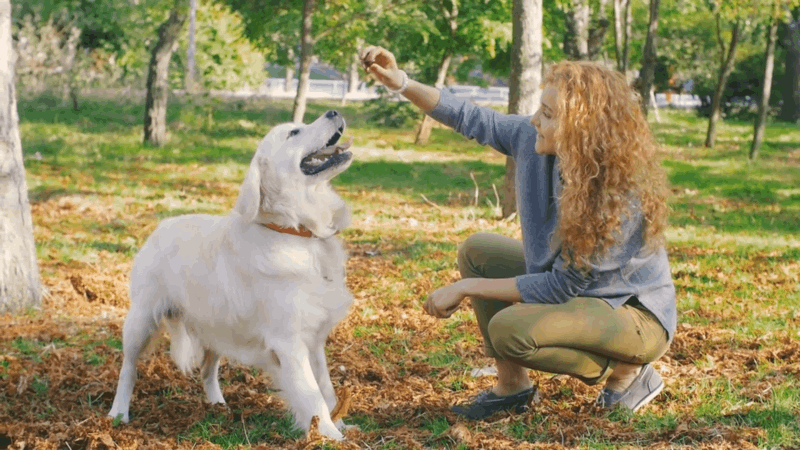
It is suggested that CBD brings many potential benefits for dogs with glaucoma, however, to completely understand the effectiveness and risks, more research is necessary.
Additionally, the quality and purity of CBD products can vary significantly, so it’s essential to consult with a veterinarian knowledgeable about CBD use in pets and to use products specifically formulated for animals if considering its use.
Using CBD Oil For Glaucoma in Dogs Safely
It is best to use CBD oil for glaucoma in dogs with caution and under the supervision of a licensed veterinarian. Please talk to your vet first to examine your dog’s individual health needs and to discuss any potential dangers and advantages before using CBD oil for glaucoma in dogs. Choose a high-quality CBD product formulated for pets, start with a low dose, and closely monitor your dog’s response.
Pet owners should use CBD as part of a comprehensive treatment plan prescribed by a veterinarian. To monitor your dog’s glaucoma and make necessary adjustments to the treatment plan please consult with a veterinarian. Always prioritize evidence-based medical treatments for serious conditions like glaucoma.
Is CBD Good For Glaucoma?
CBD brings many benefits for various dogs’ health concerns including glaucoma, however, it is critical to rely on evidence-based medical therapies for serious health conditions. CBD should not be considered a substitute for established glaucoma treatments.
Before adding CBD into your dog’s healthcare regimen, always consult with a trained veterinarian. They can help assess your dog’s specific health needs and guide you toward the most appropriate and evidence-based treatment options for managing glaucoma effectively. CBD should not be considered a substitute for established glaucoma treatments.
Any new treatments, including CBD, should always be discussed with a licensed veterinarian before being added to your dog’s regular treatment plan. They can help assess your dog’s specific health needs and guide you toward the most appropriate and evidence-based treatment
Conclusion
Although there is growing interest in utilizing CBD oil for glaucoma in dogs, scientific evidence supporting its usefulness is still limited. Glaucoma is a severe illness that necessitates immediate and effective veterinarian care. Pet owners should use caution and speak with a veterinarian before including CBD oil in their dog’s treatment plan, even if it may have potential as a supplemental therapy.
Hello, I am Hazel Bennett, an experienced copywriter specializing in the fascinating topic of CBD for dogs. With a passion for pet wellness and extensive knowledge of CBD’s potential benefits, I am here to provide you with informative and engaging content.

